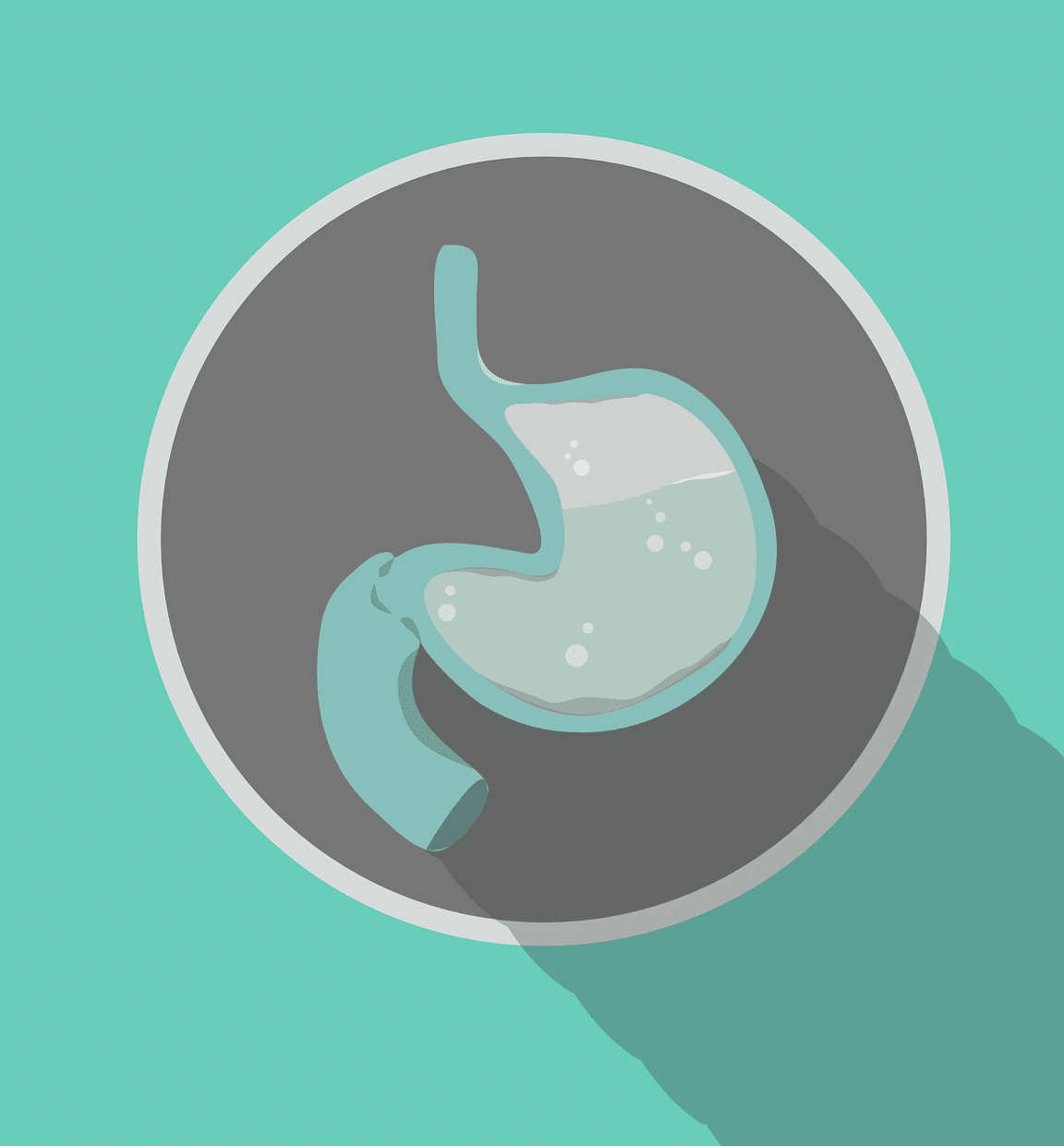
The pylorus is a slit in the stomach.
Pylorus is a term that has its most distant etymological antecedent in a Greek word that came to Latin as pylorus . The concept allows us to name a slit found in the stomach of humans and various animals, which allows the passage of ingested food to the duodenum .
It is a valve that opens or closes depending on whether or not food should be allowed to pass into the intestine. In this way, food is prevented from reaching the intestine prematurely, allowing digestion to proceed.
Through digestion , food is converted into the cud and then, through the action of gastric juices, transformed into a substance known as chyme . It is at this stage when the opening of the pylorus occurs, which allows the chyme to enter the intestine and continue the digestive process.
Complications affecting the pylorus
There are various complications that can affect the pylorus. Pyloric stenosis , which can also be called congenital hypertrophy of the pylorus , is an inherited disorder that causes a widening of the pylorus, creating a blockage that prevents the passage of food from the stomach to the small intestine, something that should occur easily in situations normal and healthy organisms.
Regarding the causes of this disorder, although it is believed that genetic factors may play a role to some extent (since people with parents who have suffered from congenital hypertrophy of the pylorus are more likely to suffer from it), its precise origins are unknown.

Vomiting can be a symptom of a pylorus disorder.
Symptoms of an inherited disorder
Congenital hypertrophy of the pylorus appears more frequently in boys than in girls , especially before reaching 6 months of age, at which time it is usually diagnosed. In most patients, the first symptom is vomiting, which:
- It usually takes place after each meal, although it also occurs less frequently.
- It usually begins at about three weeks of age , although it can appear anywhere between one week and five months of age.
- It is strong (something known as explosive vomiting ).
- It usually results in a desire to eat again immediately after it has happened.
In addition to vomiting, congenital pyloric hypertrophy may present the following symptoms, which usually appear a few weeks after birth:
- Pain in the abdomen.
- Flatulence.
- Constant feeling of appetite.
- Dehydration, a condition that becomes more serious due to vomiting.
- Inability to lose or gain weight:
- Undulatory movement in the abdominal area shortly after eating food and just before vomiting occurs.
The aforementioned signs of dehydration can be detected through a physical examination, in which a swollen belly is also usually observed. During palpation of the abdominal area, the doctor should notice a mass similar to that of an olive, a clear indication of an abnormal pylorus. Other tests that are usually performed in these cases are an abdominal ultrasound, a barium x-ray (to check for narrowness of the pylorus), and a biochemical blood test (which usually reveals an electrolyte imbalance).
Treatment of congenital hypertrophy of the pylorus
To treat congenital hypertrophy of the pylorus, it is necessary to perform a surgical intervention , which usually takes place before the child is six months old.
The operation is simple: the surgeon must access the baby's pylorus through a small abdominal incision. Once in contact with the pylorus, it cuts the thickened muscle layer so that the channel dilates and food can reach the intestine without problems.
